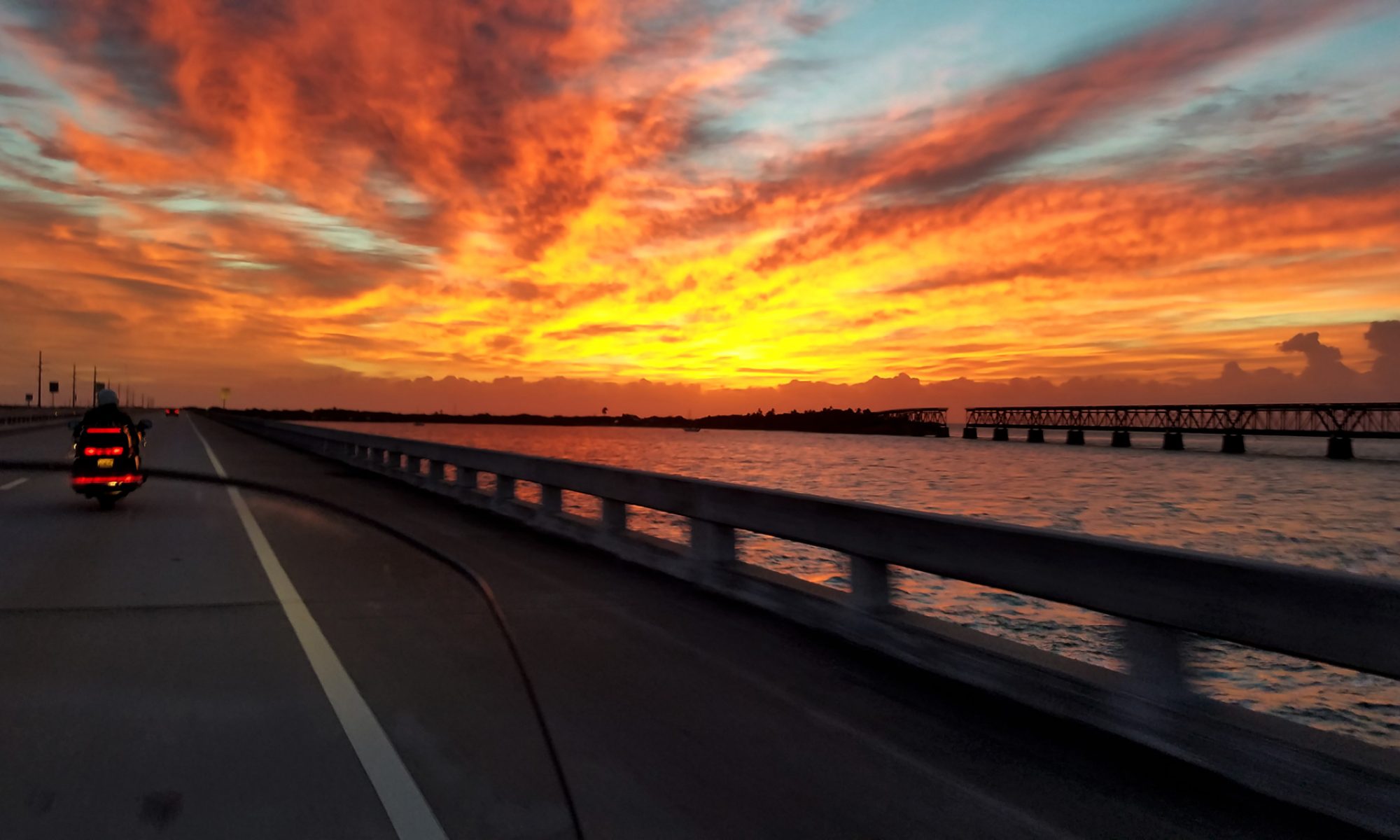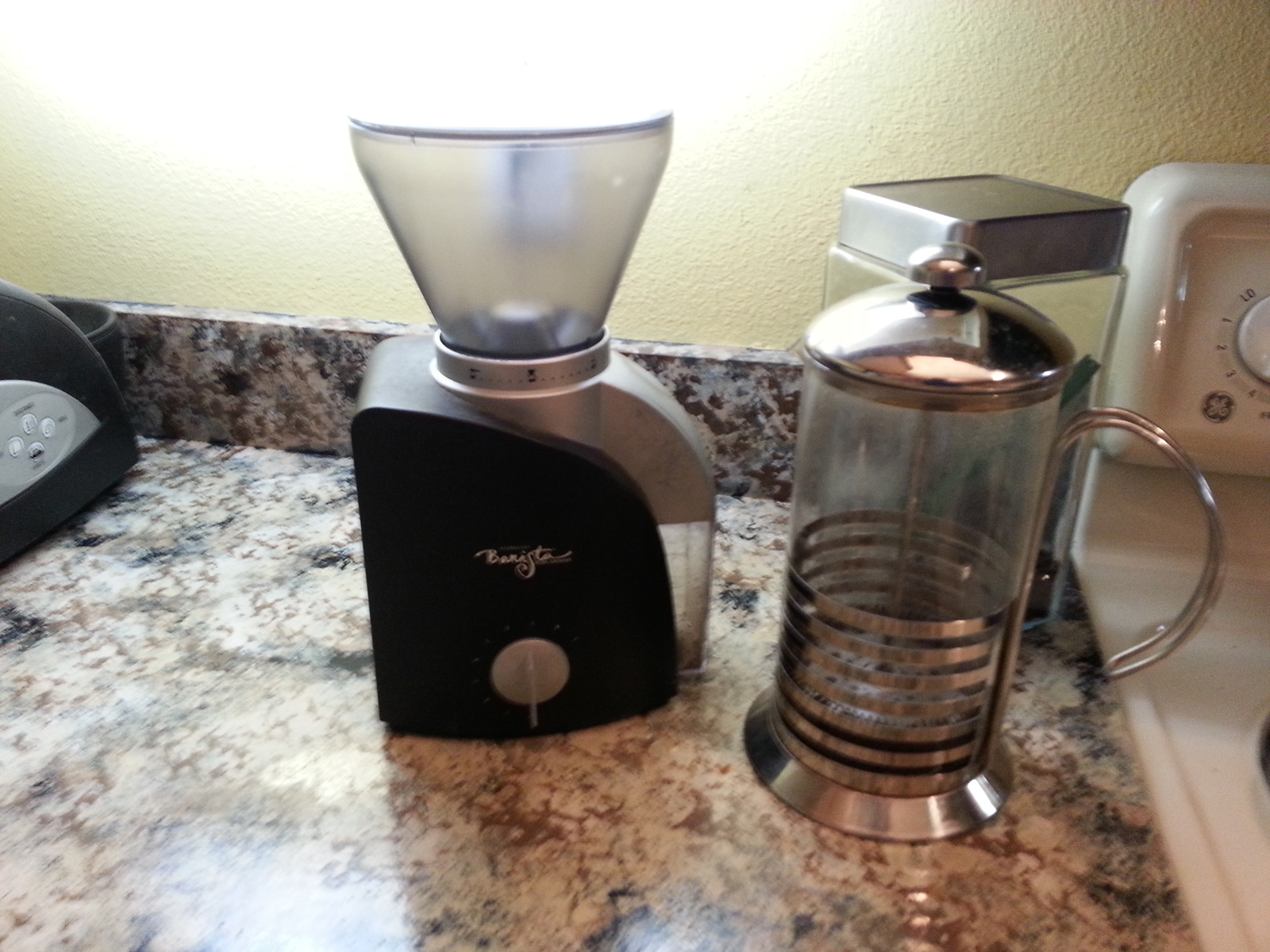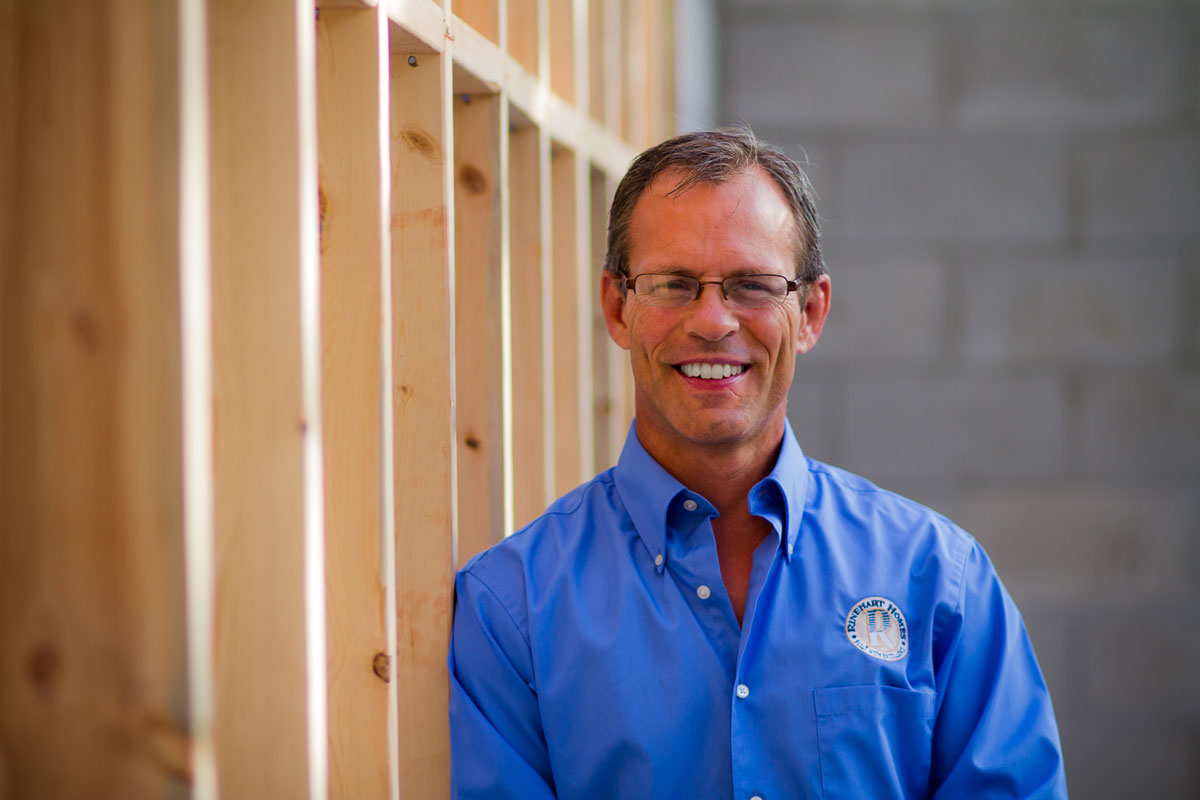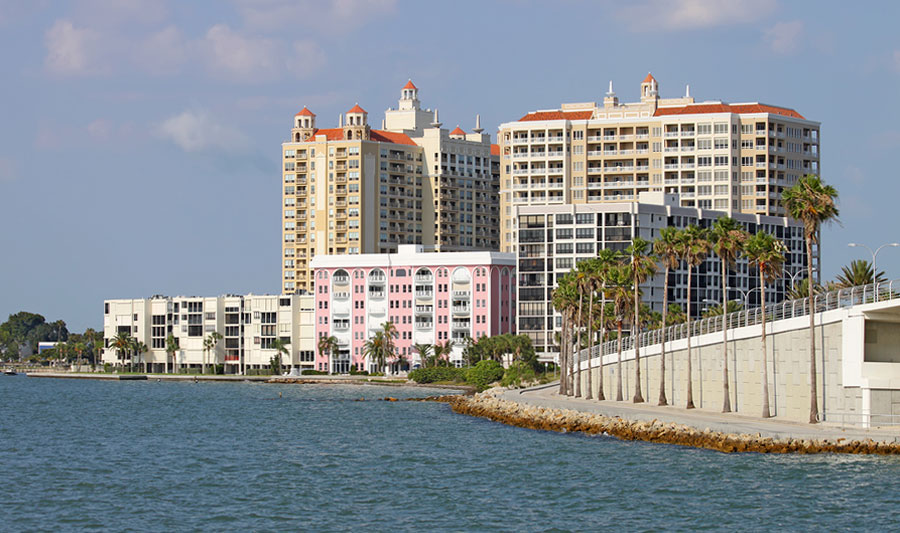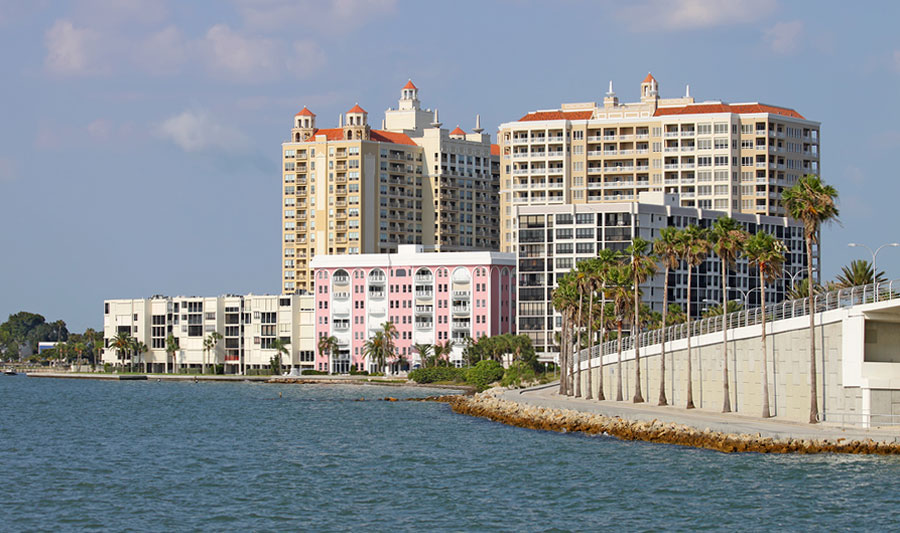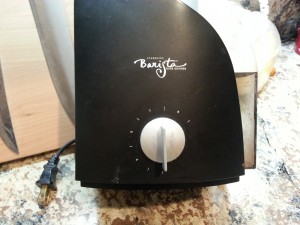
A while back, my treasured Starbucks “Barista” Burr Grinder suffered a nasty fall. Â It’s a long story. Not my best day.
The grinder itself was just fine, but the coffee bean hopper that sits atop the grinder didn’t fare so well. The “business end” of the hopper was ruined. I call it the business end because without the hopper installed, the grinder won’t run for safety reasons. It also is used to set the coarseness of your grind.
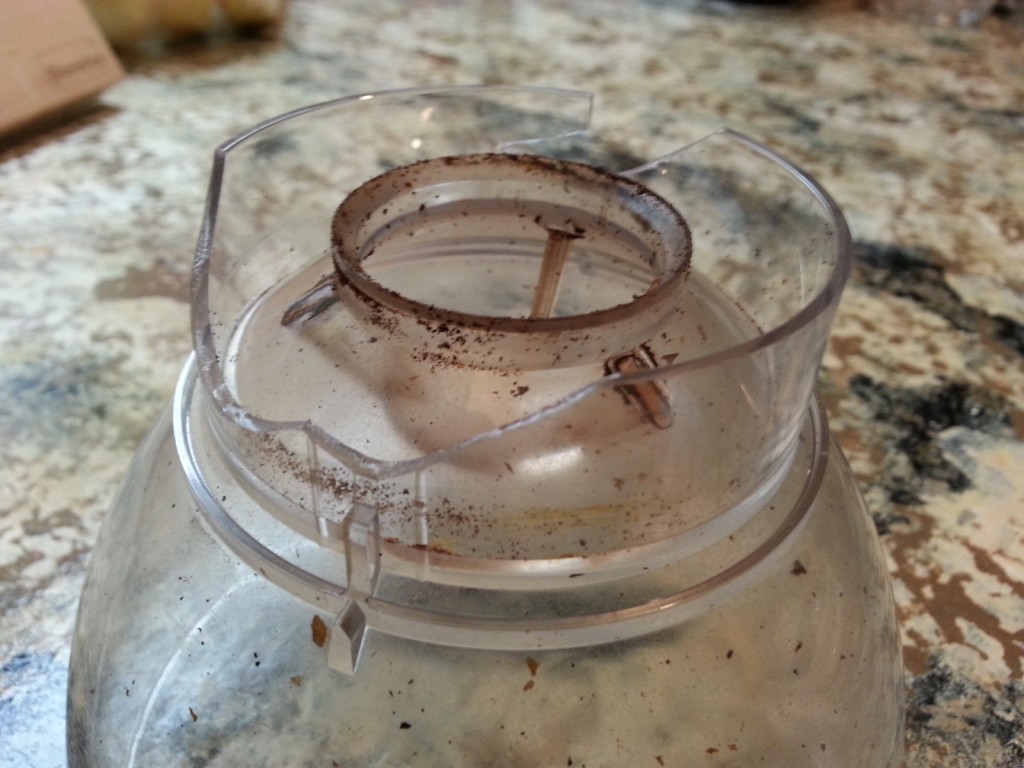
Locating a New Hopper
This should be no problem, right? I’ll just search Google for “starbucks barista grinder hopper” right?
Oh boy.
It turns out that Starbucks has sold a few different private label grinders wearing the “Barista” moniker. There were a number of results in Google that made me think I’d have no problem finding parts for my grinder. Unfortunately, though, it became clear pretty quickly from the photos on the sites that my grinder wasn’t the one they were selling parts for.
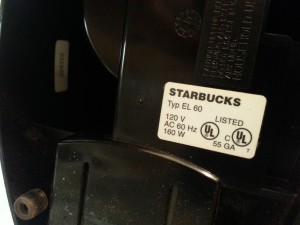
In the end, I turned the grinder over and located this sticker, which told me that I have the “EL 60” burr grinder specifically.
While that was nice for informational purposes, it didn’t seem to be much help online when hunting for parts.
Ultimately, I decided that my grinder was manufactured by Solis, a Swiss company which offers this model which appears (from the photo, anyway) to be identical to mine. Other searches revealed that my grinder had been sold as the “Solis 166” at one time.
Nice to know, but no parts.
After a few more rounds of Google searching, I decided that it might be worthwhile to contact Baratza, which appears to make (or at least import) the successor models to the EL 60—both for Starbucks’ “Barista” line and otherwise.
Prior to purchasing the replacement hopper from the Baratza website, I contacted their support department by filling out a form on their website.
I was very impressed with the great service I received—especially since I was only planning to spend $10 on the hopper (or, as it turned out, $14 including the lid). After inquiring as to whether or not they sold the replacement hopper I needed, I received the following via email:
Hey David,
Our hopper does not fit right onto the Barista. However, I did have one crafty customer modify one of our hoppers, he made a guide for doing the job. I have the guide attached- sorry it is in two parts, but the customer sent it to me already in PDF form like this.
Regards,
Pierce Jens
Baratza Email Support
Nice!
The PDFs that were attached were somewhat helpful, but unclear in some ways, so I decided to create this post as a way to “upgrade” the available information about how to make the Baratza hopper work on the Barista EL60 / Solis 166 grinder.
I ordered the grinder right away, and added the lid as well. I had a suspicion my lid (which was intact) would fit, but I could see that the Baratza hopper was kind-of a “smoke” color, whereas mine was clear. For $4, why not get the matching lid?
Opening the package, I decided the grinders Baratza sells today indeed must share some common ancestry with my grinder, as the hoppers are exactly the same diameter at the point where they come to rest on top of the grinder.
However, the “notches” that allow the hopper to adjust the grind—not to mention get “seated” properly in place—are not where they need to be on the Baratza replacement hopper.
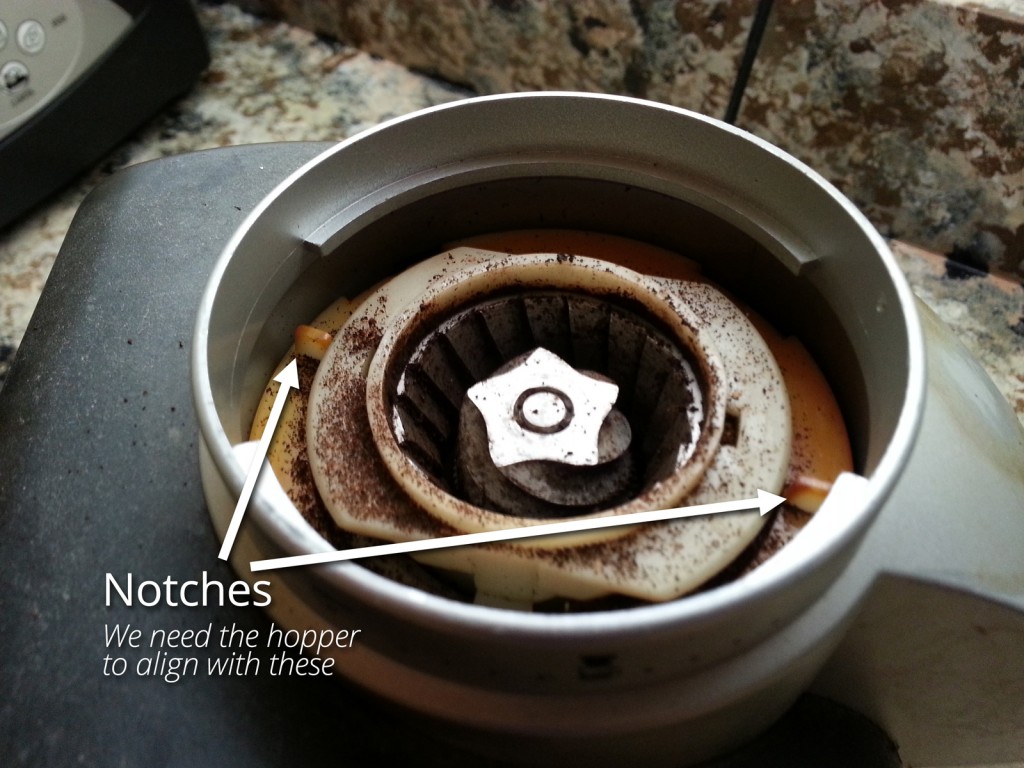
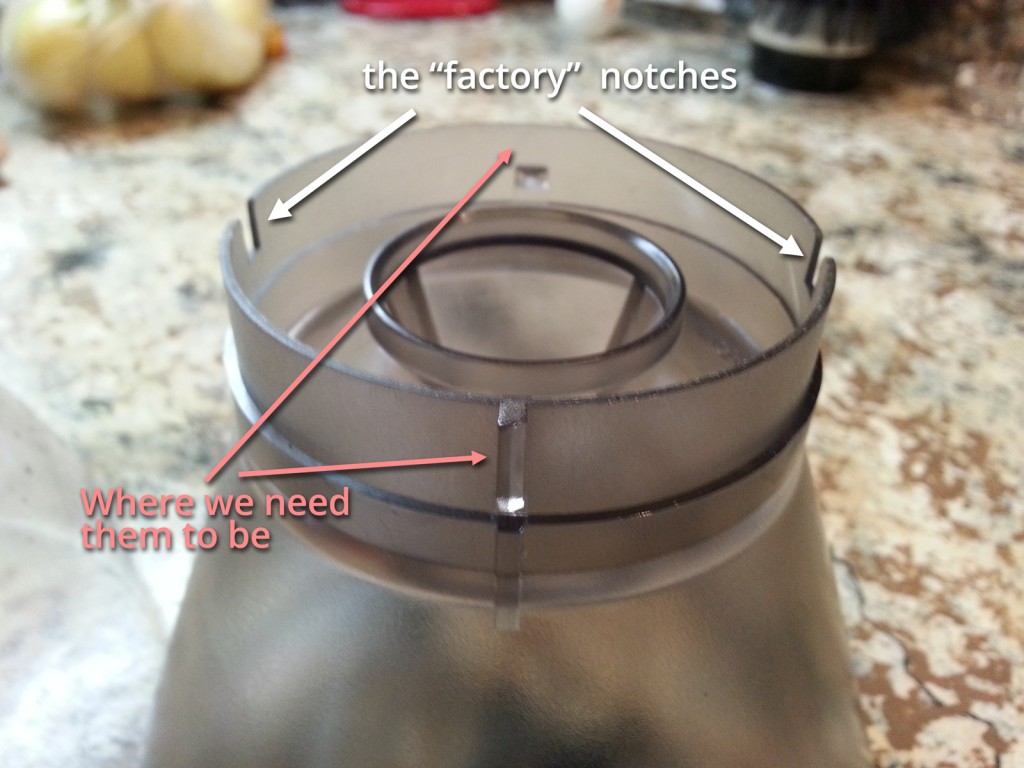
So… I reviewed the modifications made by the generous and helpful person who created the PDFs that Baratza sent me, and went for it.
How I Modified the Baratza Hopper to Work in My Barista Grinder
The guides Baratza sent referenced a “rotary tool” which the customer apparently used to grind new notches in the Baratza hopper to make it fit. I’m guessing it was a Dremel tool of some sort, which I don’t have.
So I read and re-read the guides and decided that an super-sharp razor blade just might do the trick.
WARNING: Razor blades are incredibly dangerous. Seriously… use every possible precaution to avoid injury if you try this. Clear the area of any bystanders or spectators, and proceed at your own risk.
I started with 2 vertical cuts on the side that didn’t have anything in the way, as shown below. By cutting straight down, no body parts were in the “line of fire” (so to speak) in the event that the razor blade were to slip.
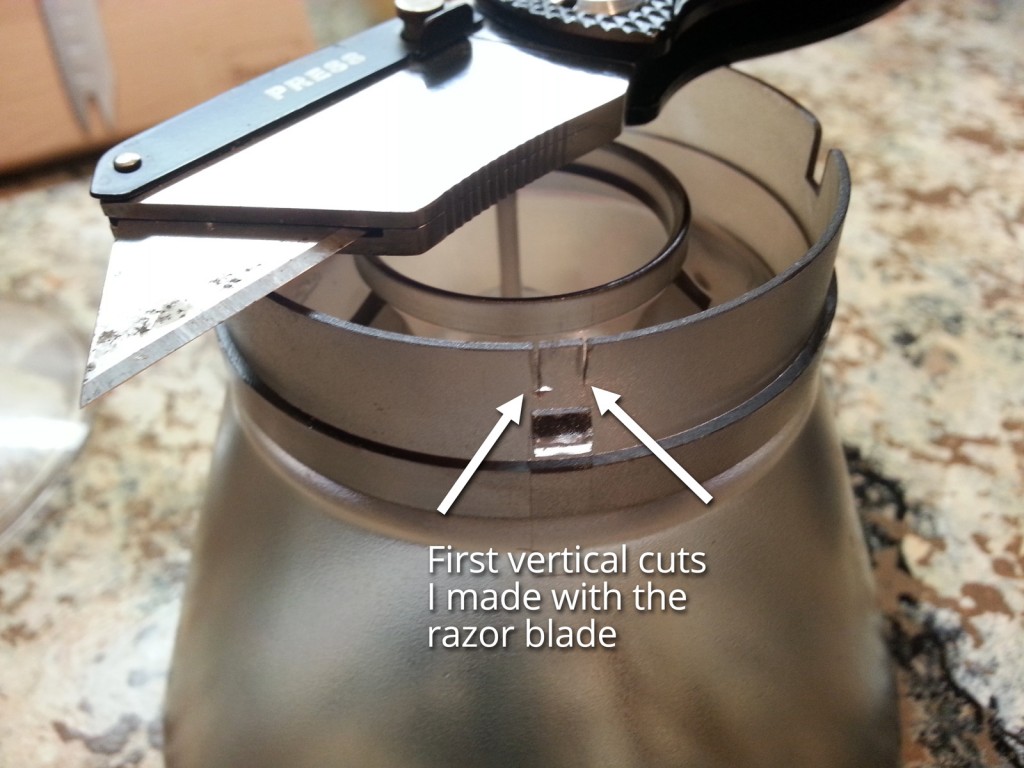
I was quite pleasantly surprised at how easily my sharp razor blade cut through the plastic hopper. If I got a little stuck, it just took a little forward or backward motion (not enough that I’d refer to it as “sawing”) to make progress.
I took my time, and when I had two nice vertical cuts, IÂ very carefully made a horizontal one to finish out my notch.
Once that first notch was cut, I turned the hopper around and tried to discover what needed to happen on the other side. From what I could see, my hopper was slightly different from the one pictured in the guides I received. In my case, there was a “tab” that ran all the way to the “top” (when sitting upside down as it was when I was working on it) of the hopper rim. After some tinkering, I decided that at least part of it (enough to match the height of my other notch) needed to be removed. I decided not to remove all of it because it seemed like it may have had some purpose. Honestly, I’m not sure.
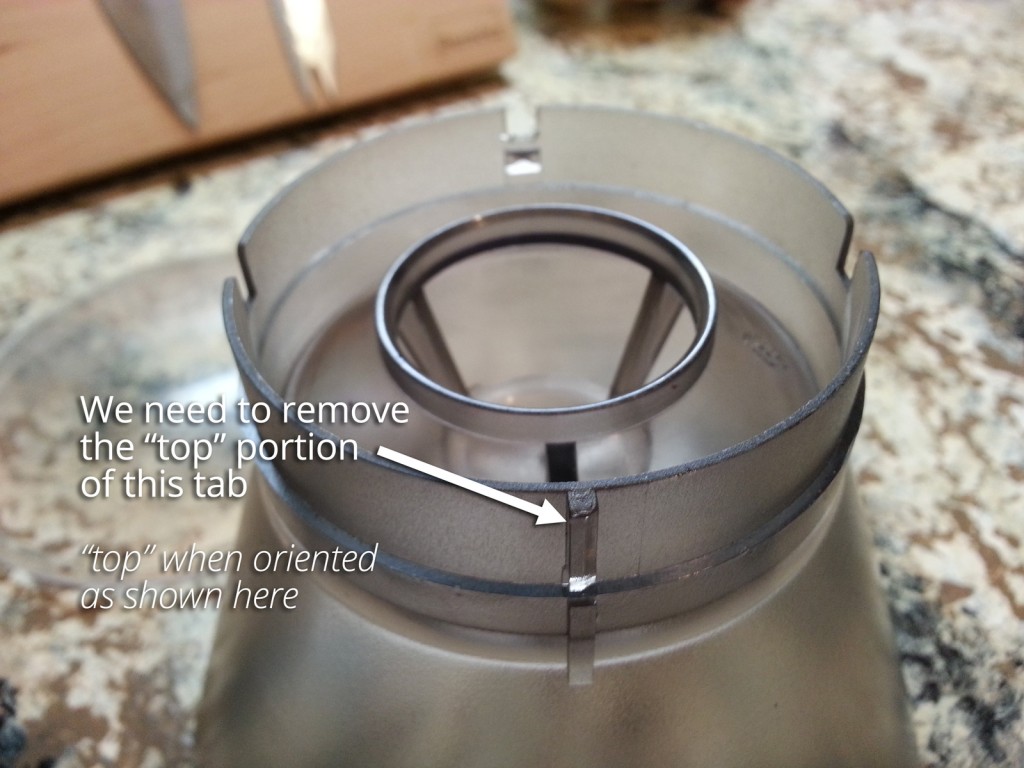
Again, the razor blade really seemed like the ideal tool for the job. I worked very slowly and kept body parts out of the way in case of slippage.
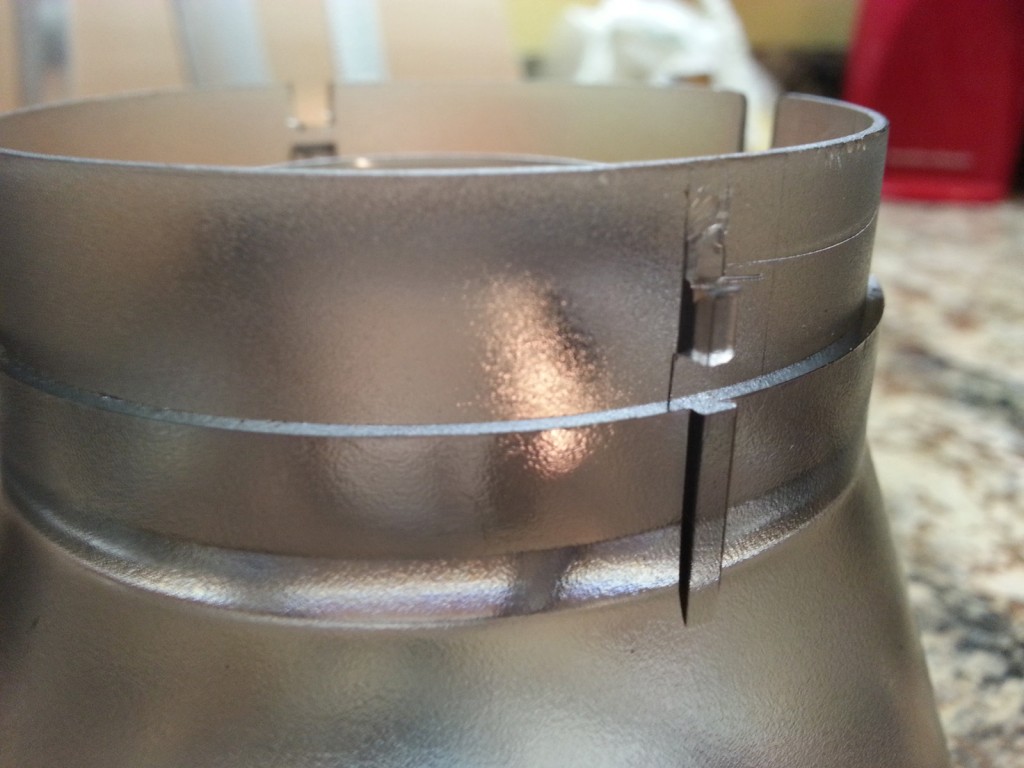
Once that was done, I cut a notch in the “rim” of the hopper just like the first one.
With both notches cut, I did a little comparison to even things out a bit, and ultimately cut both notches a bit “taller” than I had done originally. Once they seemed to match, I installed the hopper onto the grinder…
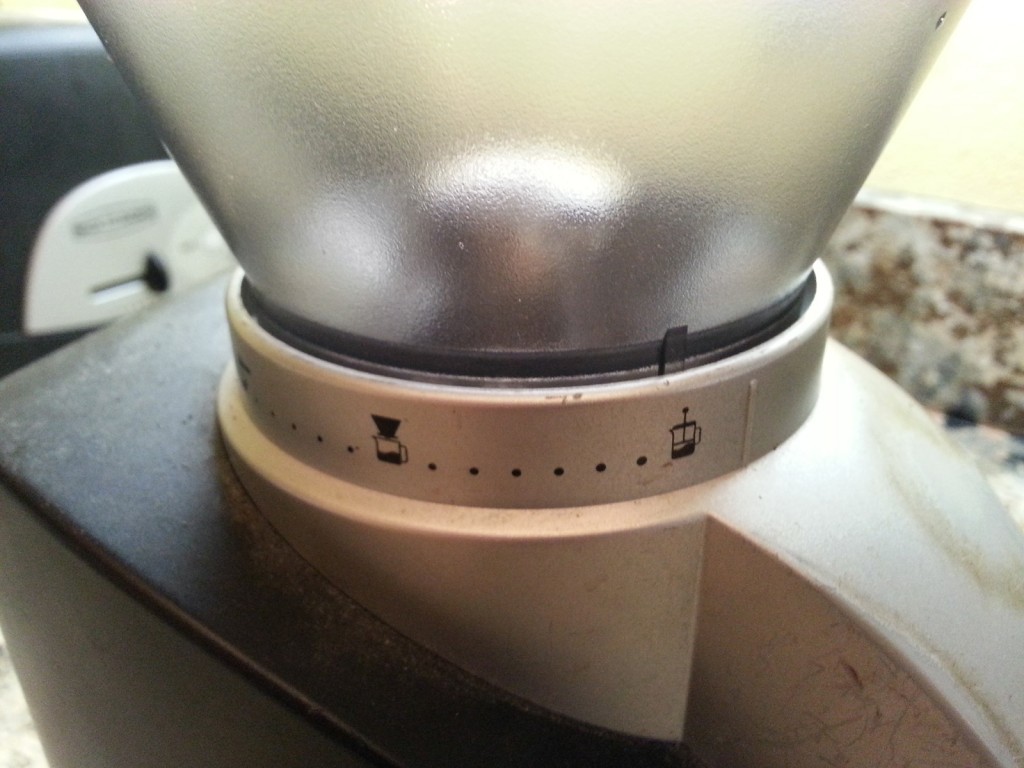
Voila!
The new hopper now works just as the original one did. By rotating the hopper, the grind can be adjusted from “coarse” (with the little tab above the french press as shown in the photo above) to “fine” just as before.
And… as before, the safety cutoff switch is activated properly only when the hopper is properly installed and rotated far enough to be “locked” into place.
Thank You to Baratza and the Unknown Crafty Customer
I wouldn’t have attempted this mod if it weren’t for the fantastic service from Baratza (thank you, Pierce!) and the anonymous Baratza customer who blazed the trail and wrote up the guide to the modification he or she made.
Hopefully, this guide is helpful to you. If I can answer any questions, I’ll do my best! Just add a comment below.
With this nifty mod, I plan to enjoy my Starbucks Barista EL60 grinder for many more years. It has truly been the best grinder I’ve ever owned! And… next time I need one, I’ll be buying a grinder directly from Baratza.
Enjoy!
